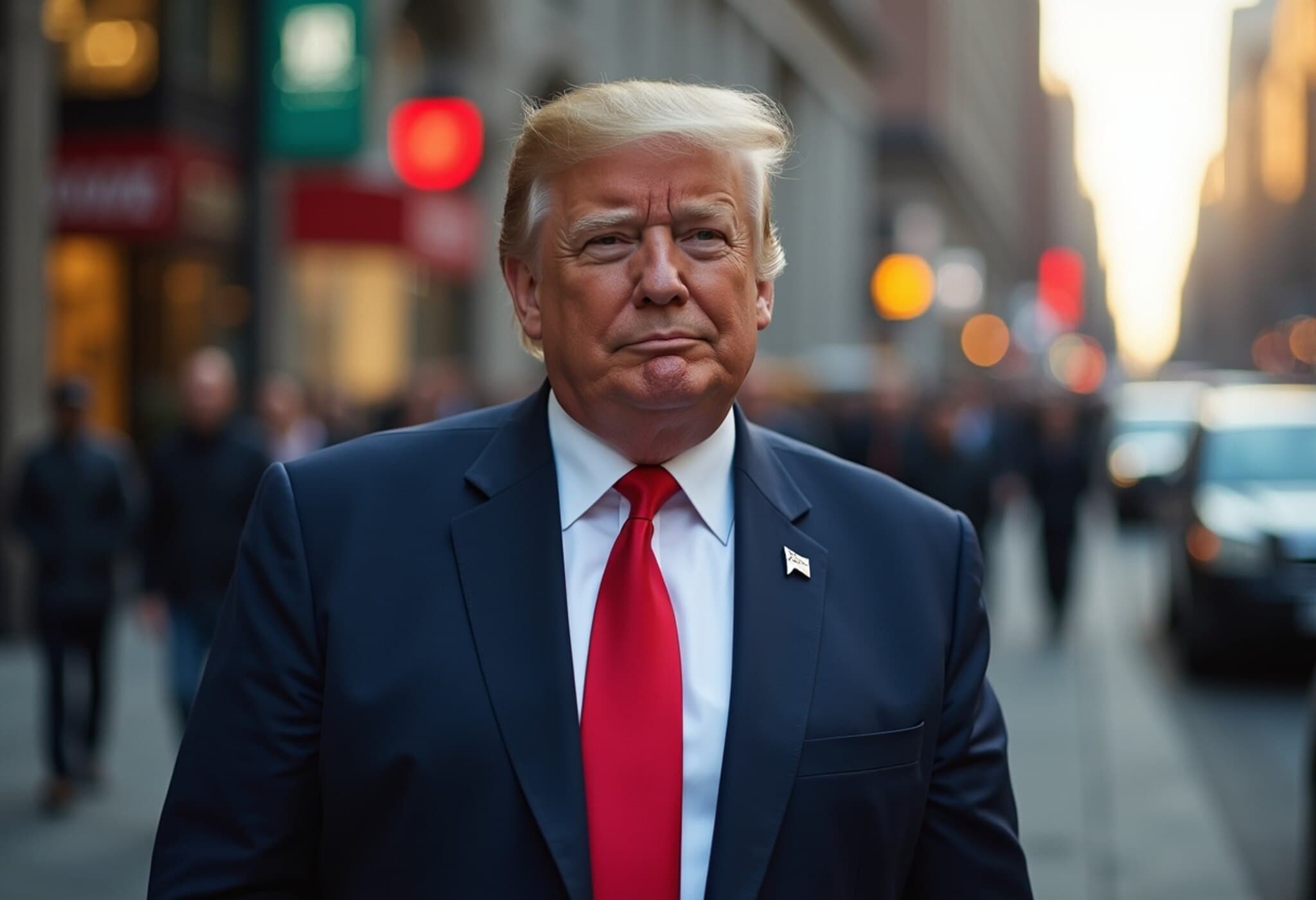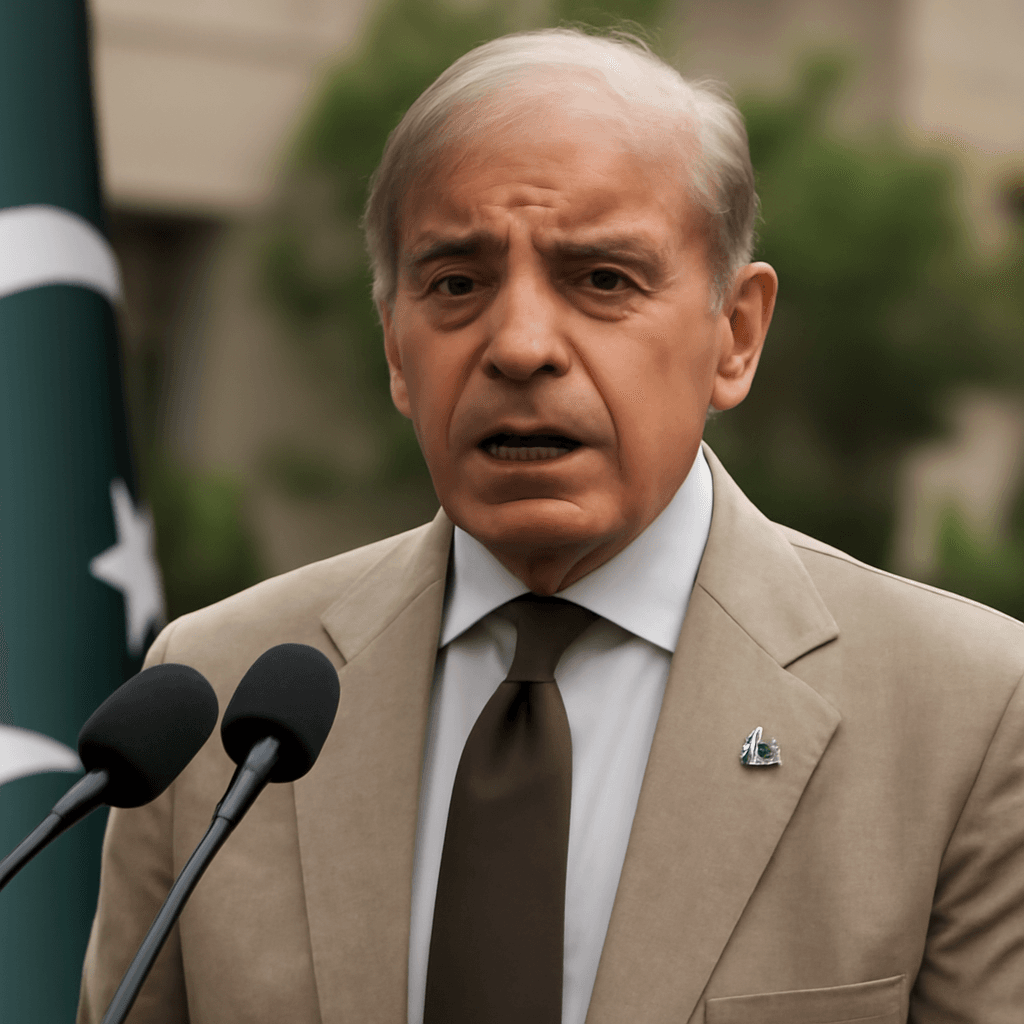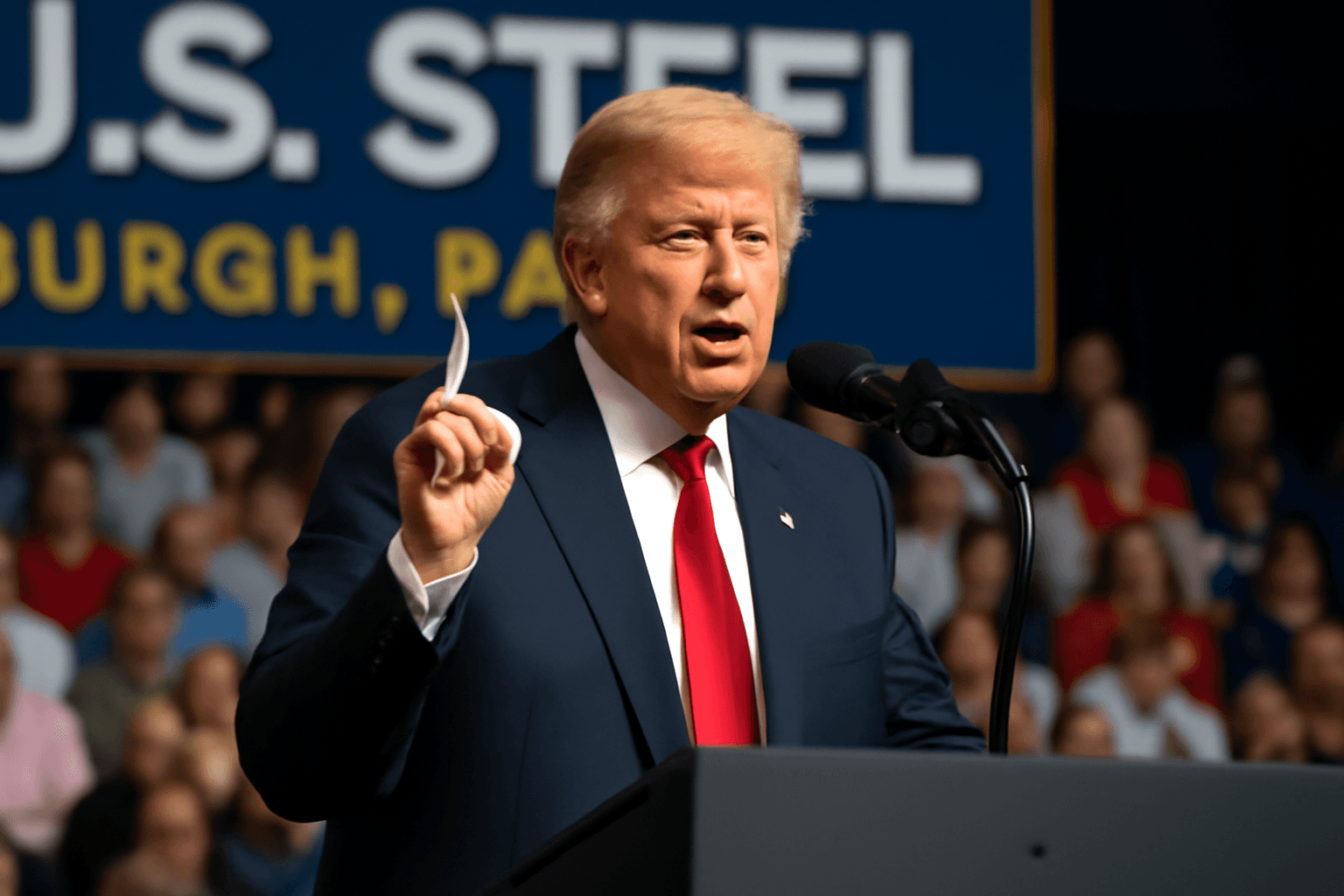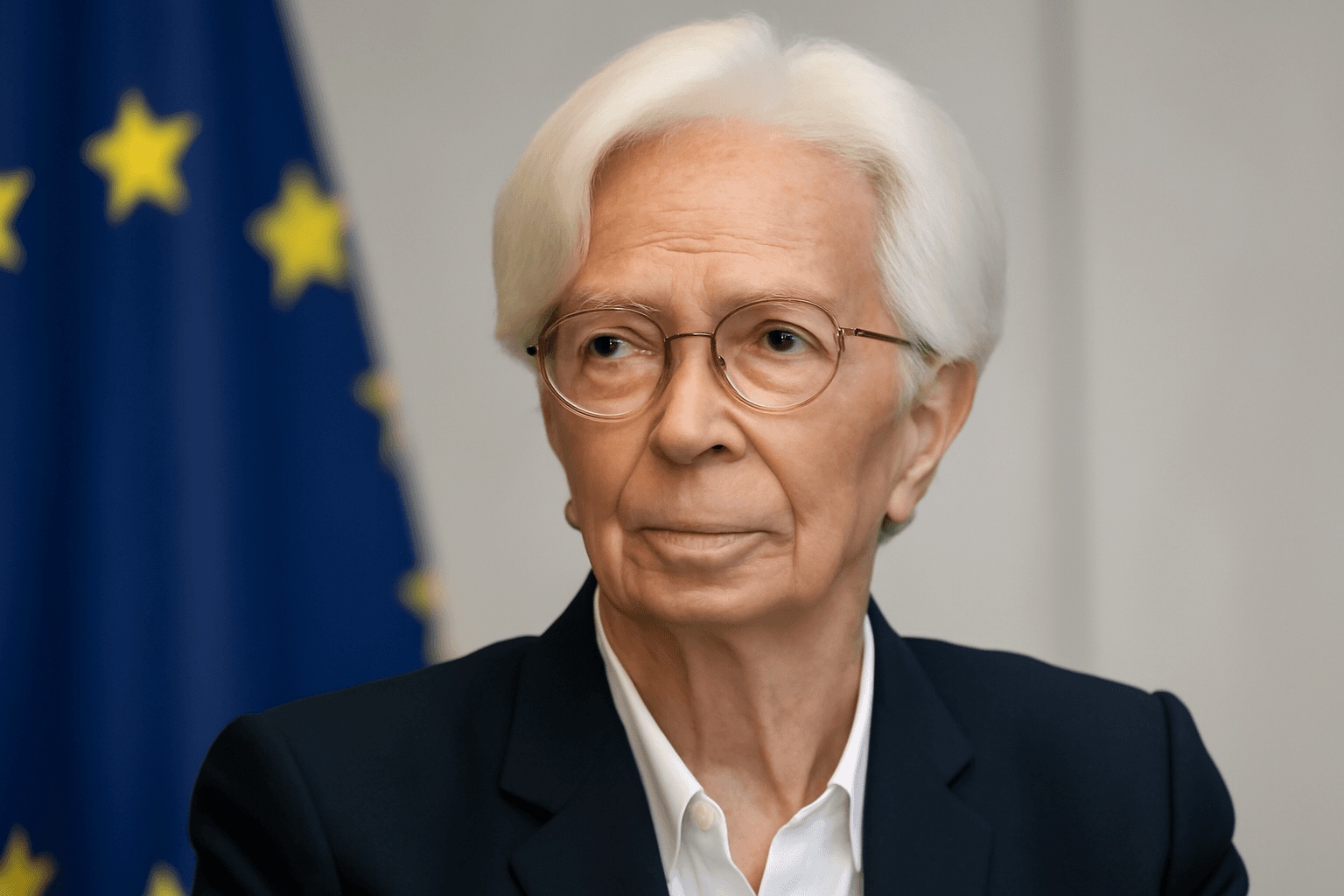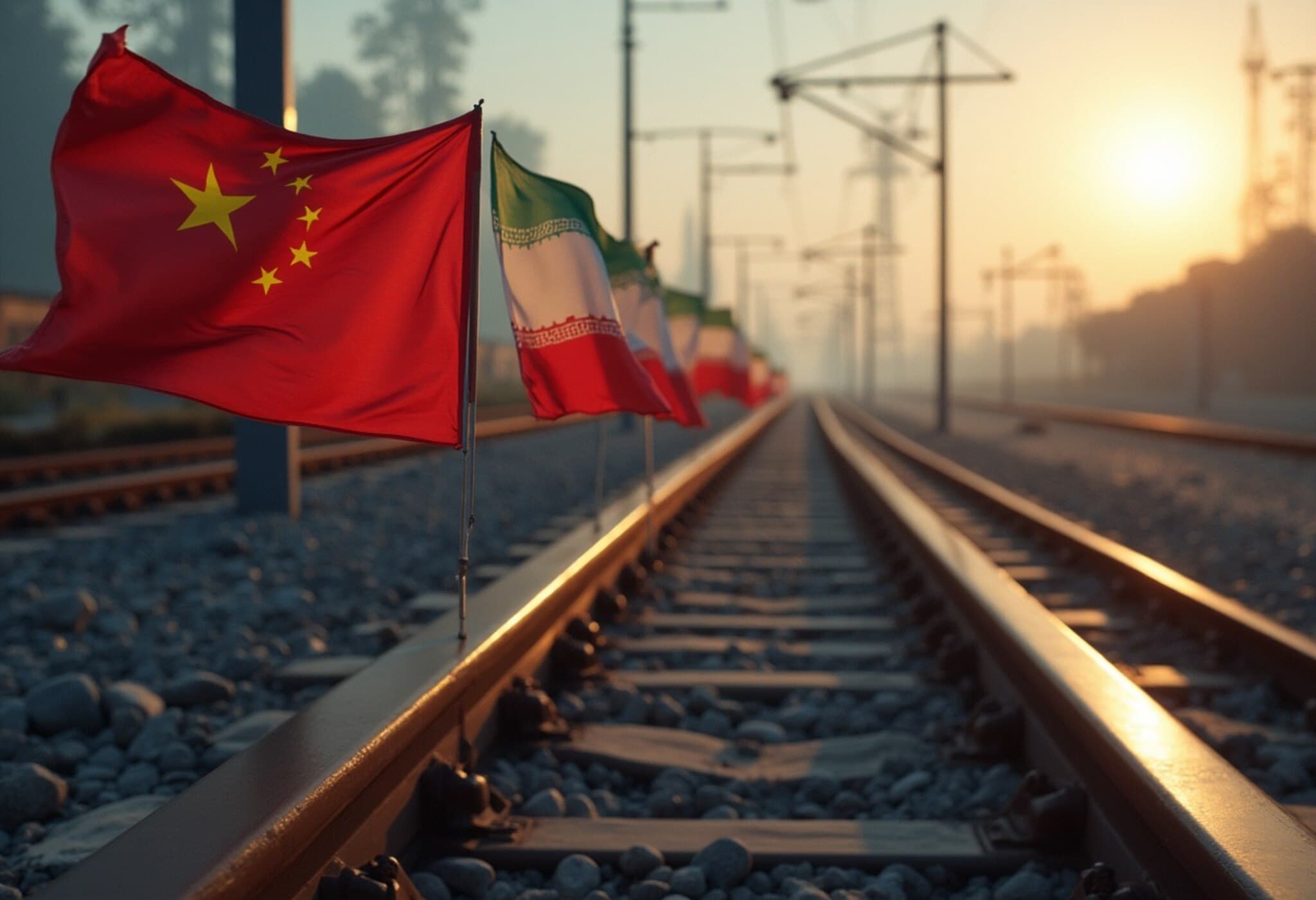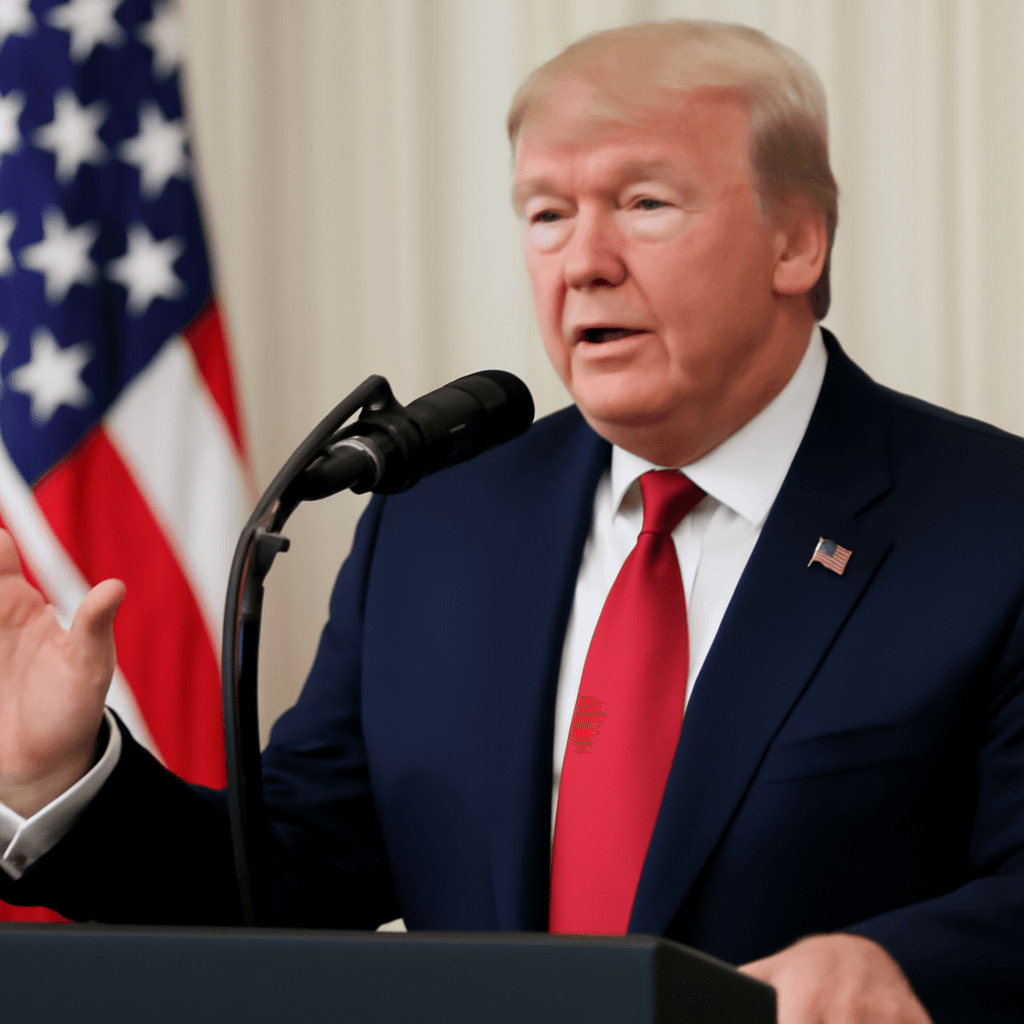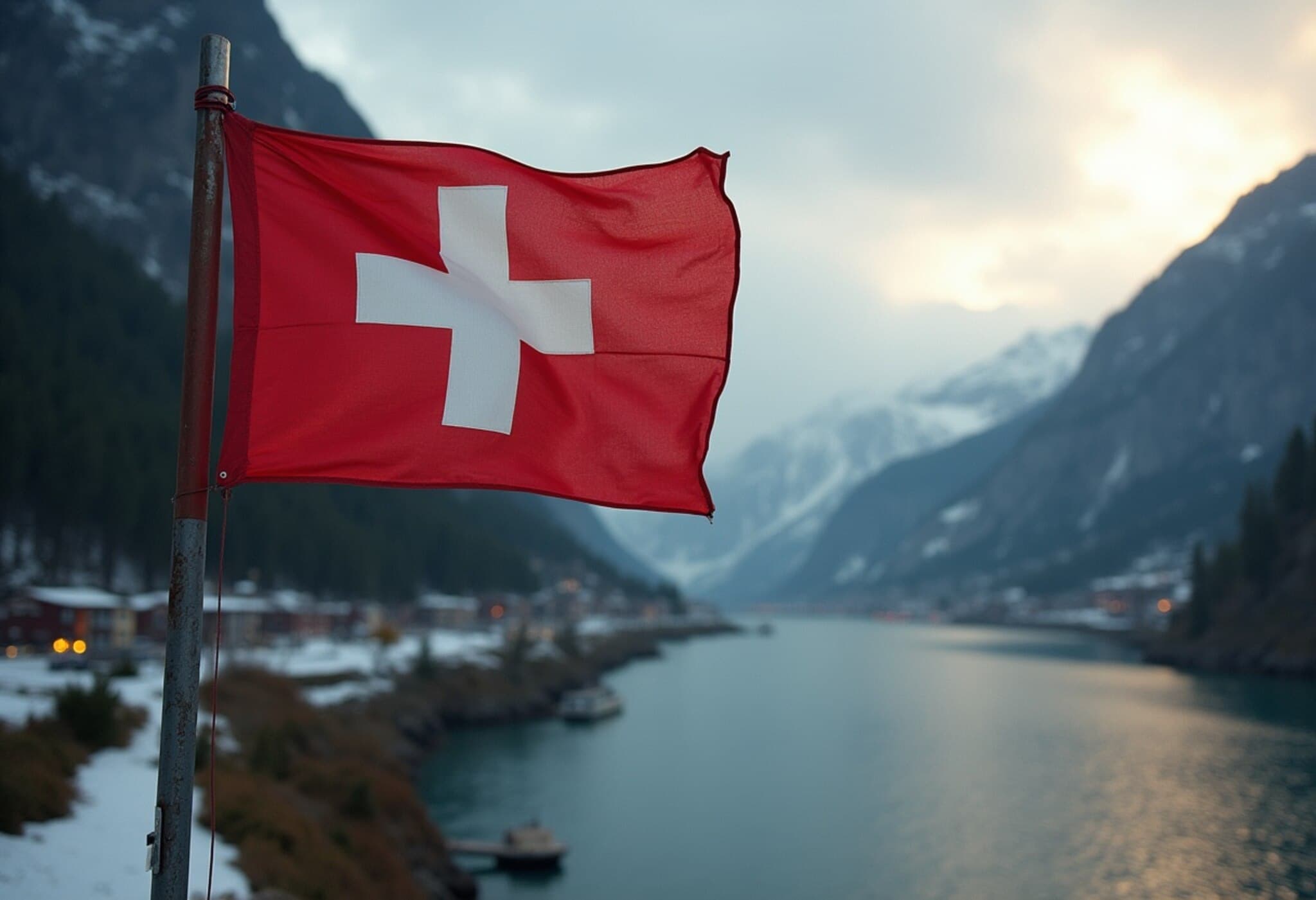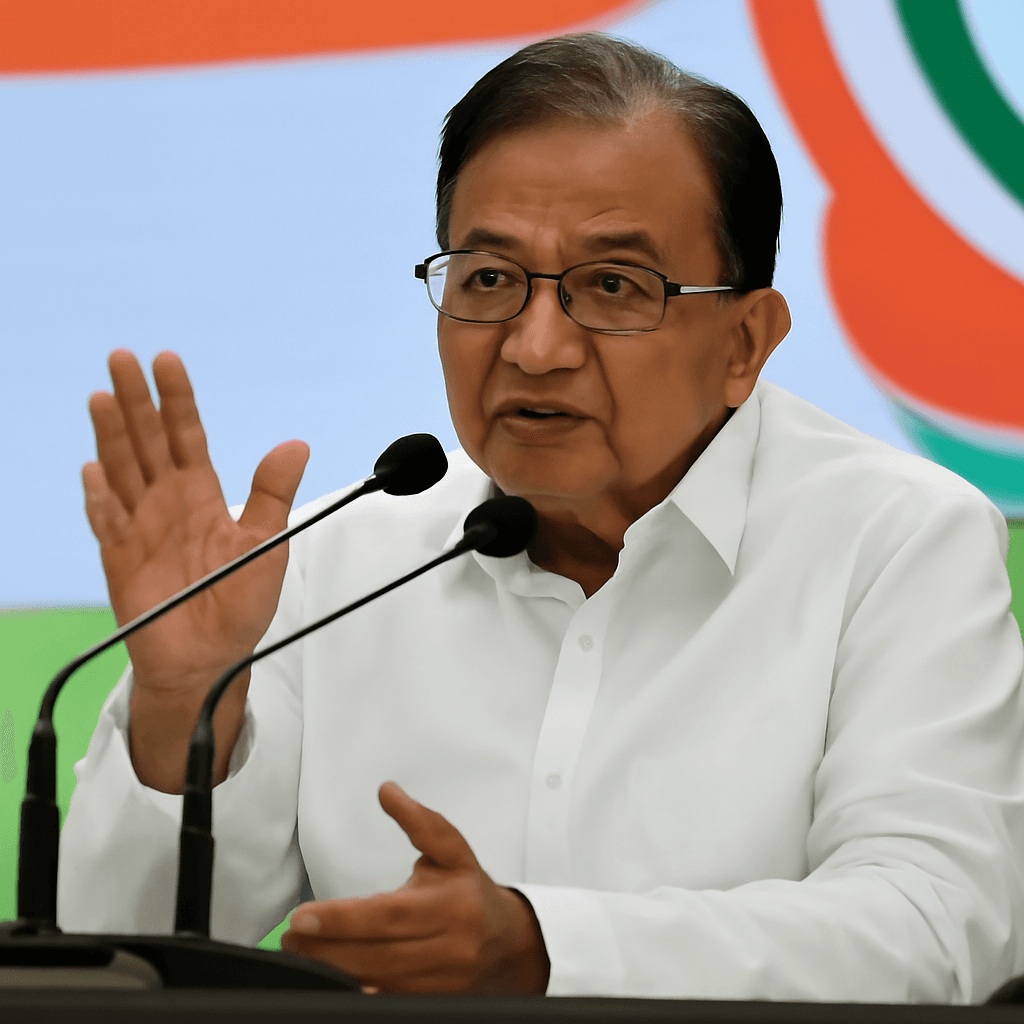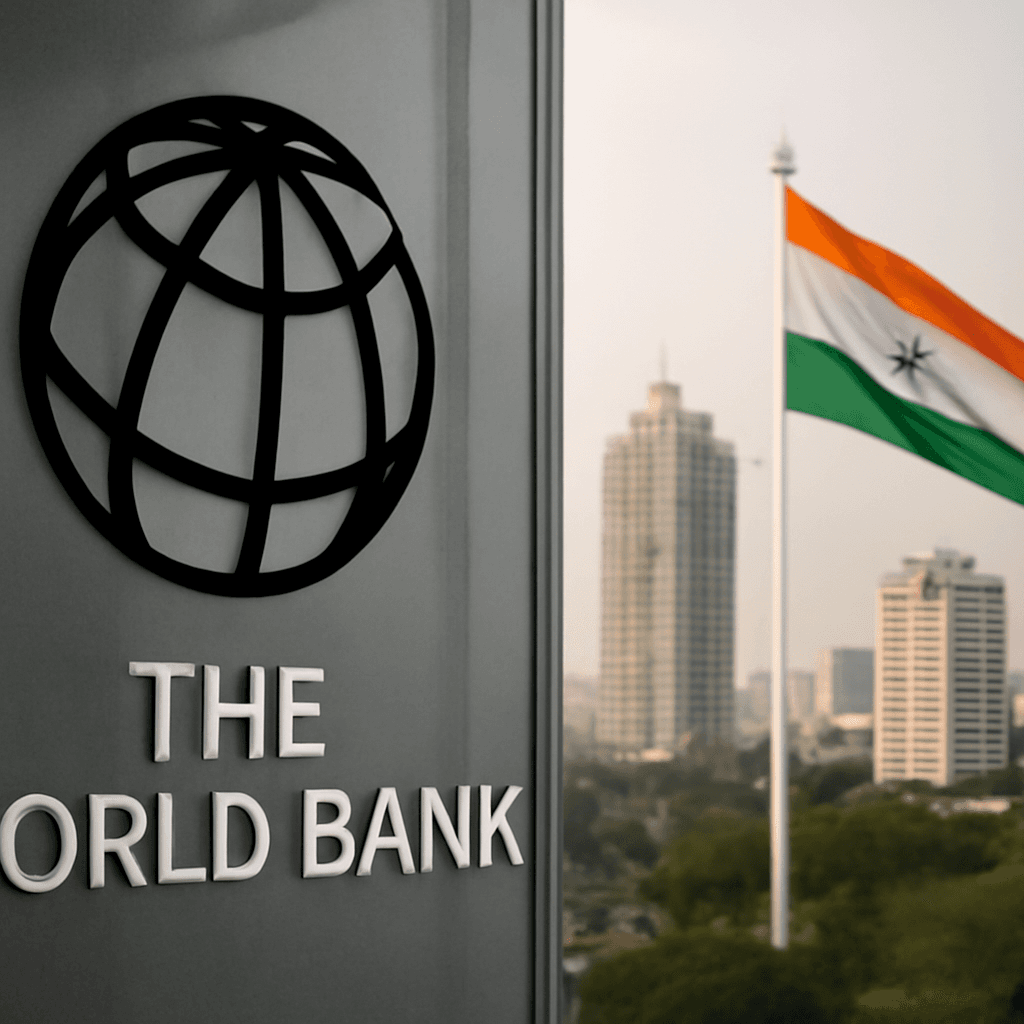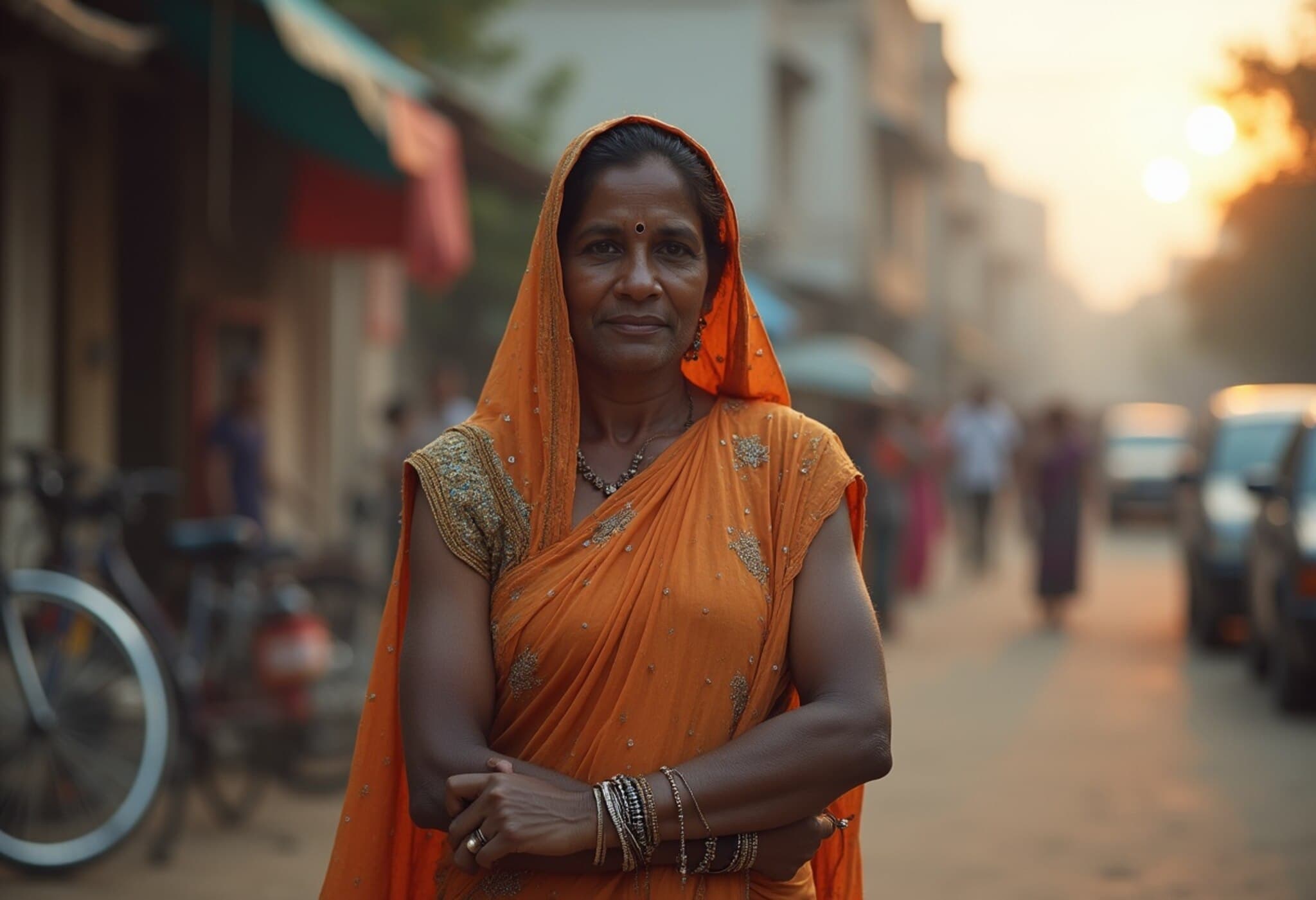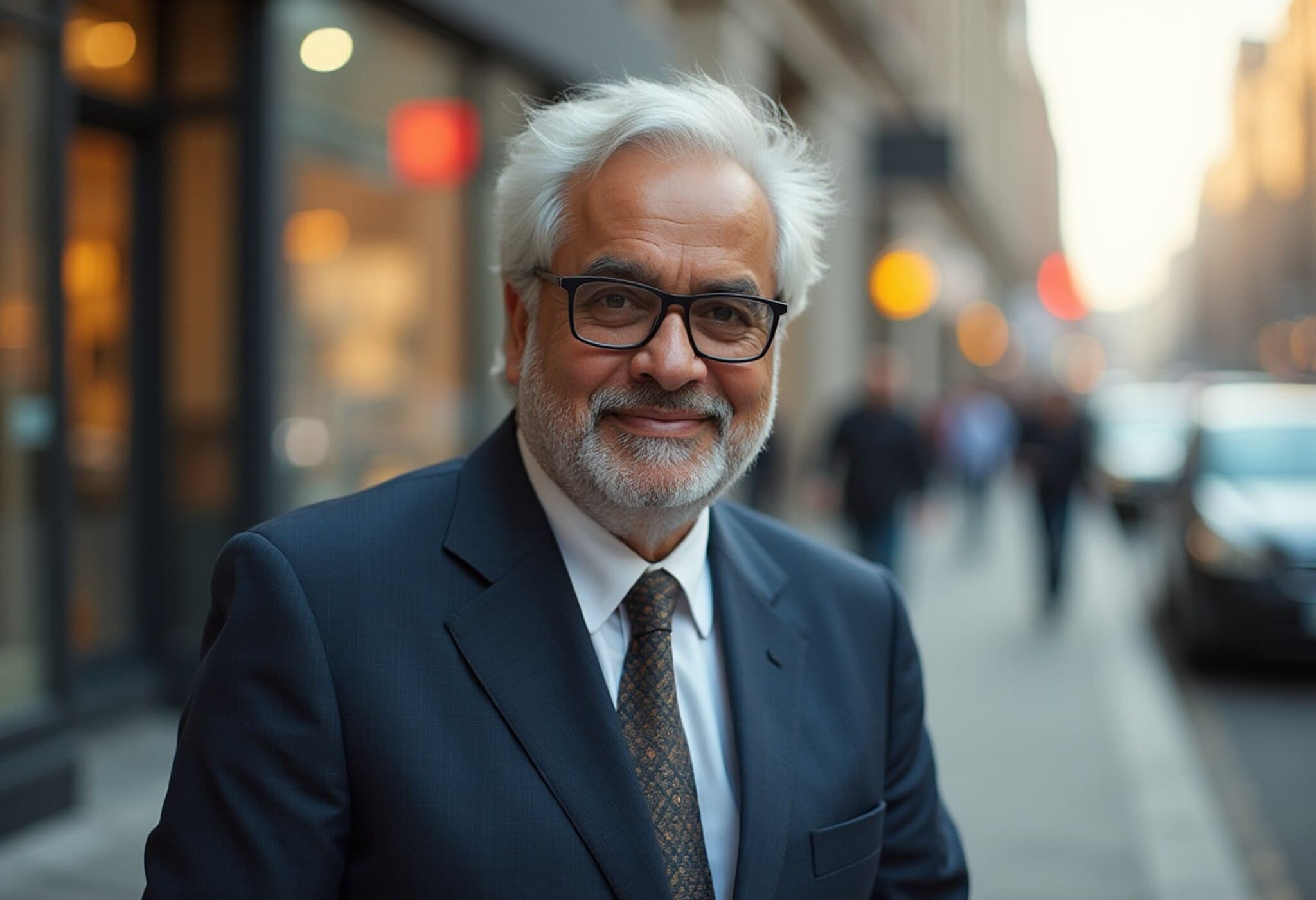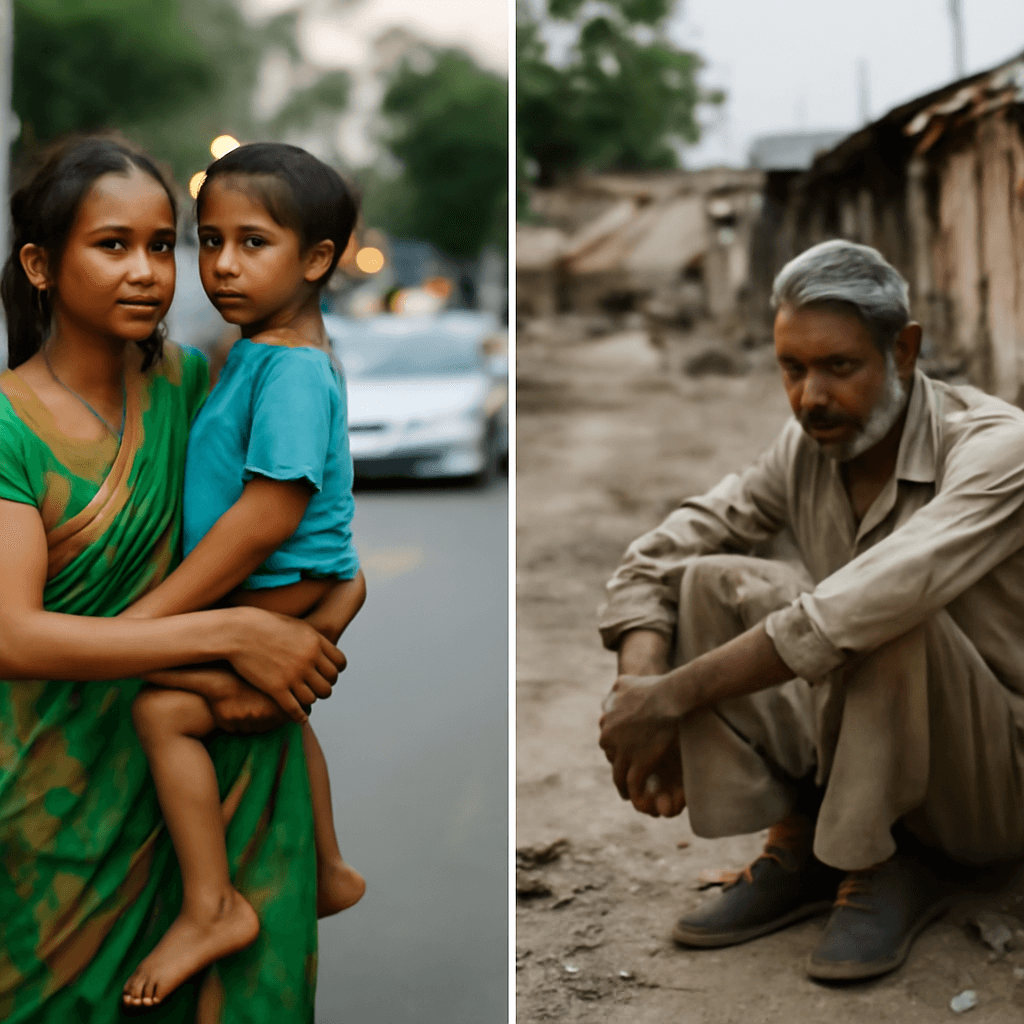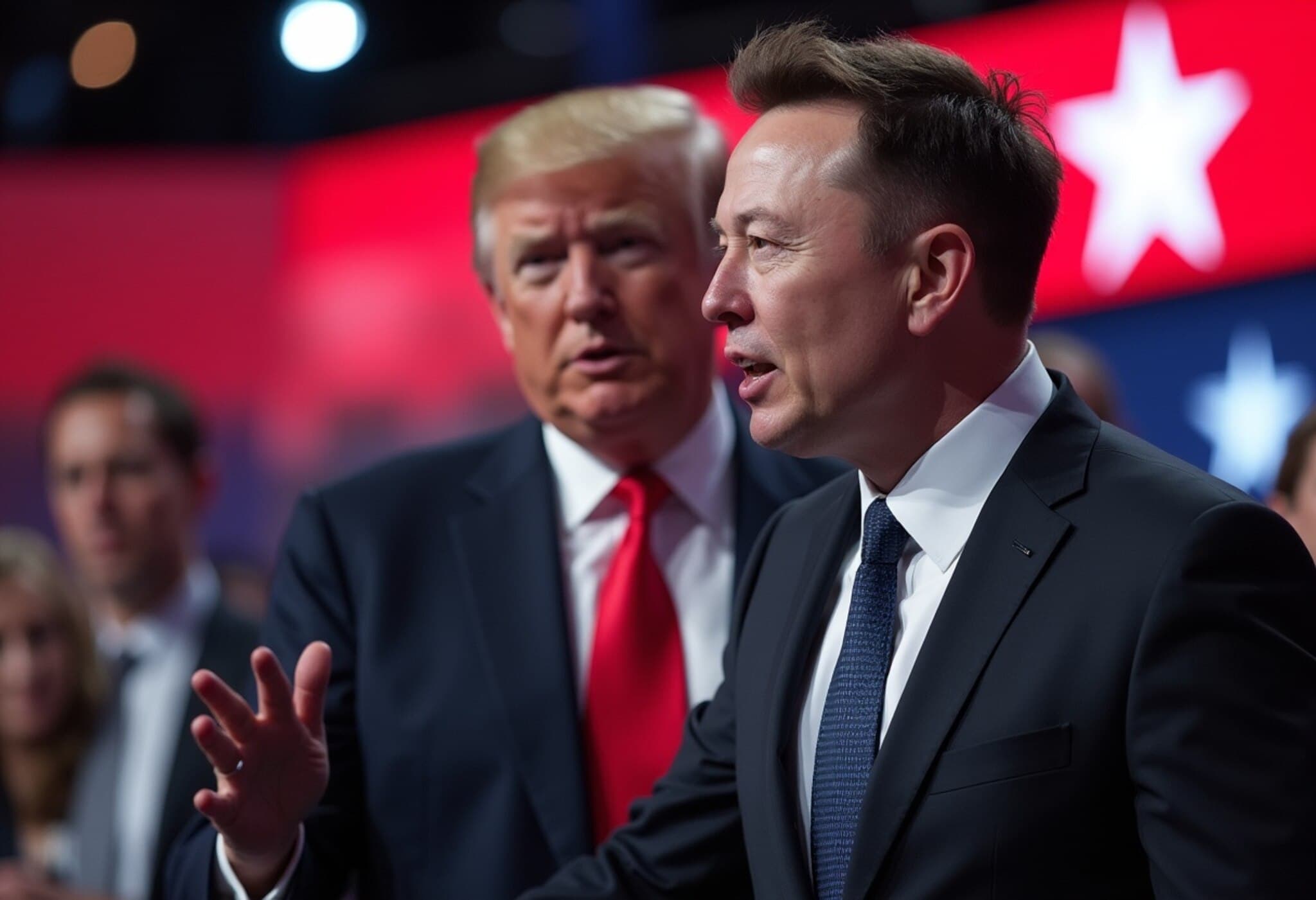India Emerges as One of the Most Equal Countries Globally
The World Bank’s Spring 2025 Poverty and Equity Brief has cast a spotlight on India’s significant socioeconomic progress, ranking the country as the fourth most equal nation worldwide according to the latest Gini Index. This notable positioning places India just behind the Slovak Republic, Slovenia, and Belarus, and ahead of several advanced economies including the United States and the United Kingdom.
What Does the Gini Index Measure?
At its core, the Gini Index quantifies income or consumption inequality within a country, illustrating how evenly wealth is shared among its population. The index ranges from 0 (perfect equality) to 100 (perfect inequality). India’s score of 25.5 indicates a moderately low level of inequality, a surprising and encouraging statistic given its massive population and rapid economic growth.
Developed by Italian statistician Corrado Gini in 1912, the index compares an existing income distribution (represented by the Lorenz curve) against a hypothetical scenario of perfect equality.
India’s Position in Global Equality Rankings
- Ranked 4th out of 167 countries, with a Gini score of 25.5
- Preceded by Slovak Republic (24.1), Slovenia (24.3), and Belarus (24.4)
- More equal than many G7 and G20 nations renowned for economic advancement
This data highlights India’s ongoing efforts in poverty alleviation and social welfare, measuring better than many long-established economies with deeper structural inequalities.
The Poverty Landscape: Revised Thresholds and Progress
Adding further depth, the World Bank has revised its extreme poverty line from $2.15 to $3 per day, adjusting for inflation and living costs. Despite this higher threshold, India’s poverty rate impressively dropped from 27.1% in 2011-12 to just 5.3% in 2022-23, reducing the population living in extreme poverty from 344 million to approximately 75 million—a staggering decline.
This achievement is a reflection of expansive economic growth, targeted social programs, and improved access to education and healthcare, though challenges remain in addressing urban-rural divides and regional disparities.
Why Does This Matter for Policymakers and Aspirants?
For policymakers, these figures underscore the importance of inclusive growth models that distribute wealth more equitably, fostering social stability and economic resilience. For aspirants preparing for civil services examinations like the UPSC, understanding such reports and indices is critical as they form the backbone of policy-analysis questions and reflect contemporary development challenges.
Beyond Income – The Human Development Report 2025
While income equality is key, the UNDP’s 2025 Human Development Report (HDR) frames development more holistically. Titled “A Matter of Choice: People and Possibilities in the Age of AI,” the HDR emphasizes the interplay of technology and human progress, revealing a widening inequality gap between countries with low and high Human Development Index (HDI) scores for the fourth year running.
- India’s HDI: Ranked 130th with a value of 0.685, placing it in the medium human development category—steadily inching towards the high development threshold of 0.700.
- Historical progress: India’s HDI increased by over 53% since 1990, outpacing both the global and South Asian averages.
- AI Potential: India is emerging as an AI powerhouse, retaining 20% of its AI researchers domestically, a dramatic turnaround from negligible figures in 2019.
This multidimensional perspective urges policymakers to integrate technology, education, and economic strategy to sustain and deepen development gains.
Expert Insight: What Does India’s Equality Ranking Signal?
Dr. Anjali Mehta, a noted development economist, comments, “India’s position as one of the most equal countries by the Gini measure reflects decades of progressive social policies and economic reforms. However, it’s crucial to contextualize these numbers with on-ground realities like regional disparities and informal sector vulnerabilities. The rising human development index affirms progress but highlights the need for calibrated interventions especially in education and healthcare access.”
Key Takeaways
- India’s Gini Index score of 25.5 ranks it fourth globally, a testament to its relatively equitable income distribution.
- The shift in extreme poverty valuation to $3/day still sees India drastically reducing poverty rates.
- Human Development Index data presents a more nuanced view of progress, emphasizing education, life expectancy, and income.
- The intersection of technology and human development, particularly AI, represents a new frontier for India’s growth trajectory.
Editor’s Note
India’s rise as one of the world’s most equal countries according to the Gini Index is an encouraging narrative amidst a global landscape often marked by widening inequality. This progress, accelerated by poverty reduction and enhanced human development, offers a hopeful outlook for policymakers and citizens alike. Yet, equality is multi-faceted — income equality must be complemented by improved access to quality education, health, and opportunities fueled by innovations such as AI. As India navigates these challenges, the questions remain: How can the country sustain inclusive growth? What policies are required to bridge the gaps left by traditional economic measures? And, crucially, how do these dynamics shape India’s role on the global stage? For students and policymakers, these reports offer invaluable data and perspectives to ponder in shaping India’s future.


